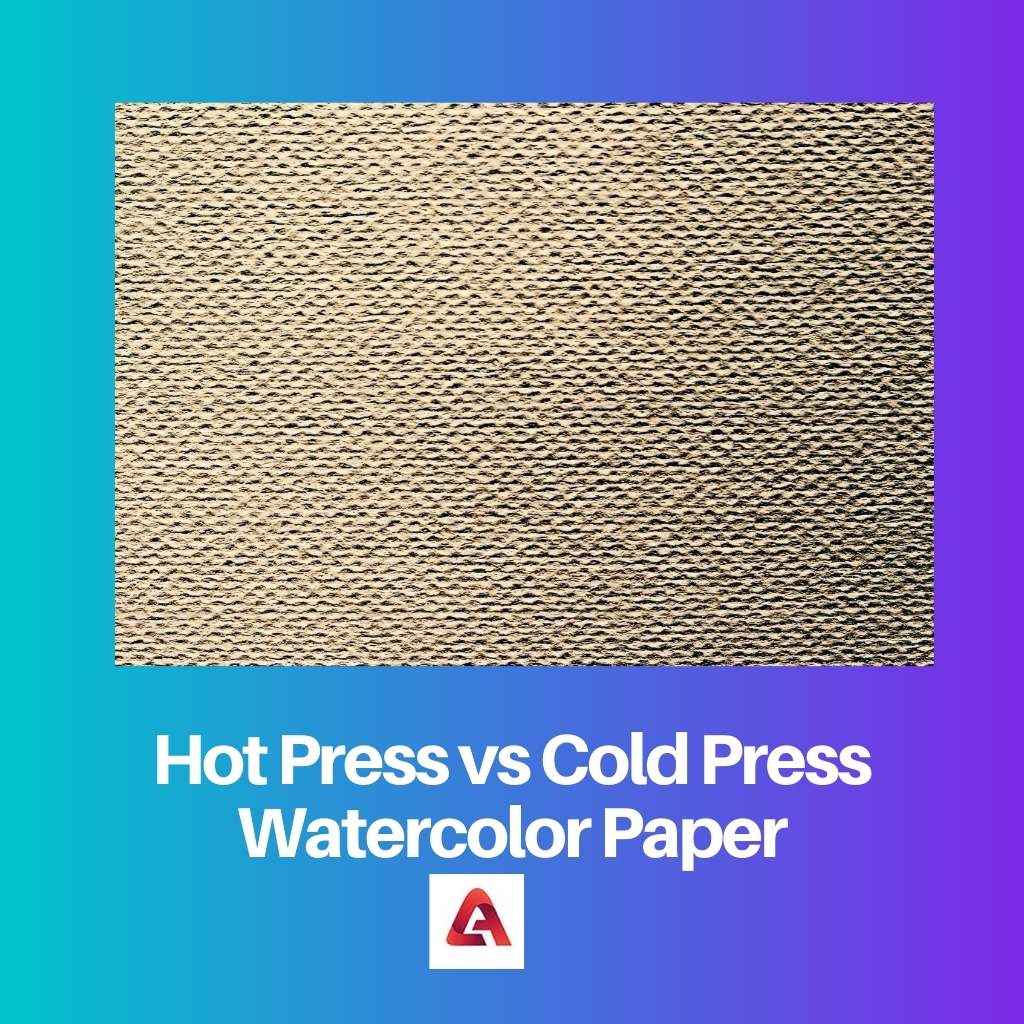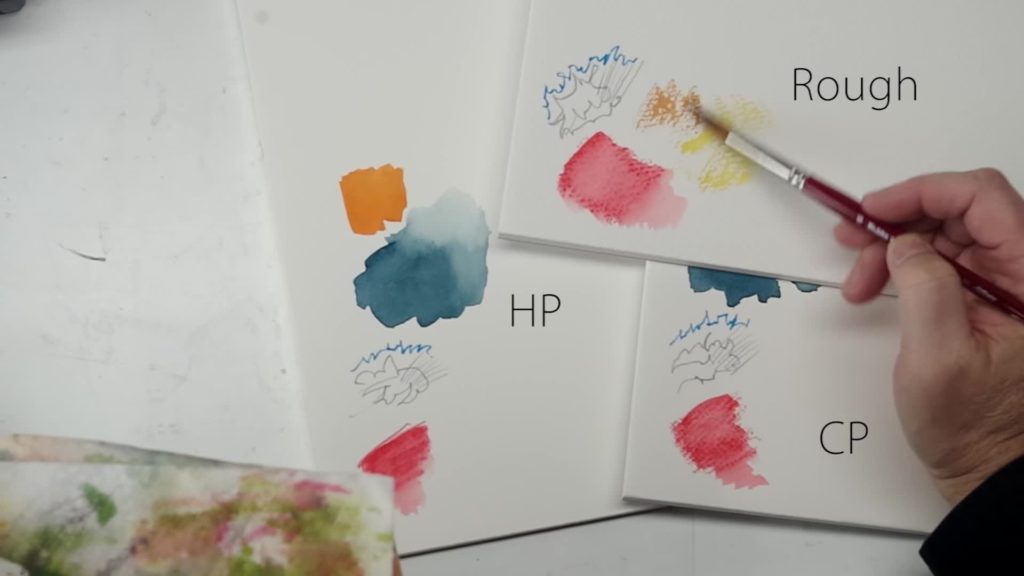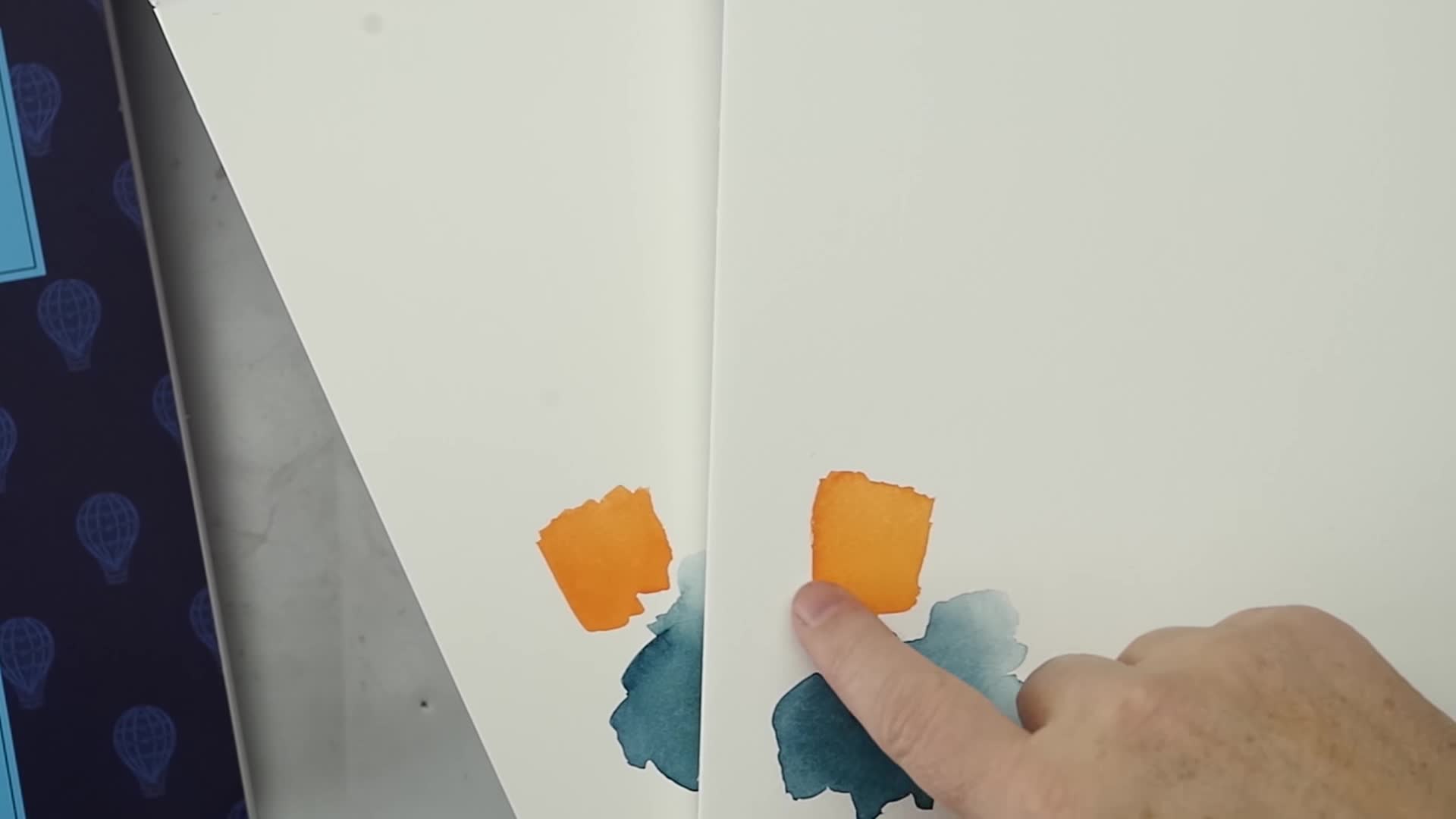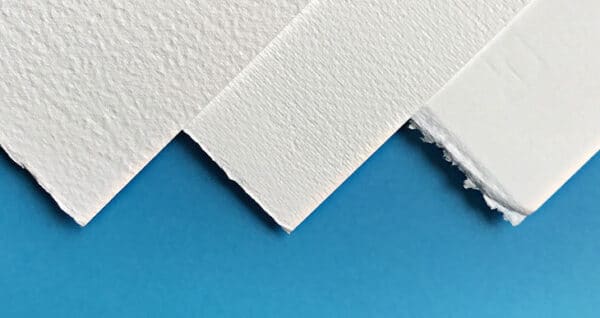Hot Press Paper Vs Cold Press
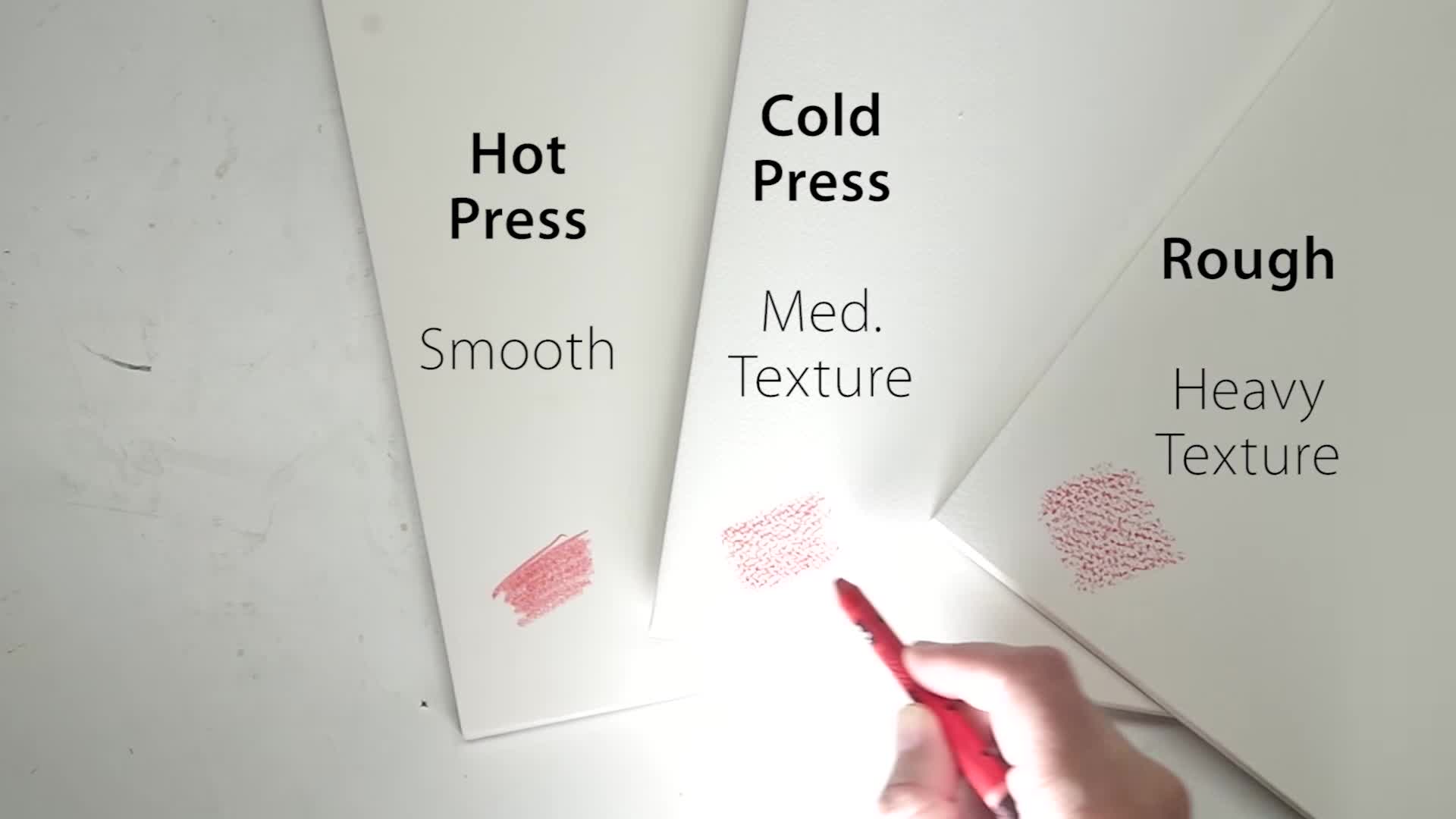
The art world, often perceived as a realm of subjective expression, is underpinned by a surprising amount of technical detail. At the heart of many visual arts lies the choice of paper, and for artists working with watercolor, charcoal, or pastels, the decision between hot press and cold press paper is a fundamental one.
Understanding the nuances of these two paper types is crucial for achieving desired artistic effects. This article delves into the characteristics of hot press and cold press paper, exploring their manufacturing processes, ideal applications, and the impact they have on the final artwork.
What's the Difference?
The terms "hot press" and "cold press" refer to the manufacturing process used to create the paper's surface texture. The difference arises primarily from the rollers used in the final stages of production.
Hot press paper is pressed between heated metal rollers, resulting in a smooth, almost polished surface. Cold press paper, on the other hand, is pressed between cold rollers, creating a textured, slightly bumpy surface often referred to as "tooth."
Hot Press Paper: Smoothness and Detail
Hot press paper is prized for its smooth surface, which allows for highly detailed work. The lack of texture means that pigments sit on the surface of the paper, rather than sinking into the fibers.
This characteristic makes it ideal for techniques that require precise lines and intricate details, such as detailed botanical illustrations, technical drawings, or smooth, blended watercolor washes. Hot press is also a popular choice for pen and ink drawings because it provides a consistent surface for the pen to glide across.
However, the smooth surface can also be a disadvantage. Watercolor paints may be more prone to buckling or warping because the paper doesn't absorb water as readily as cold press.
Cold Press Paper: Texture and Absorption
Cold press paper, with its textured surface, offers a completely different experience. The tooth of the paper creates subtle variations in the application of color, adding visual interest and depth to artwork.
Watercolor paints sink into the fibers, resulting in a more vibrant and absorbent surface. This makes cold press a versatile choice for a wide range of watercolor techniques, including wet-on-wet washes, dry brushing, and layering.
The texture of cold press paper can also be beneficial for working with dry media like charcoal and pastels. The tooth provides grip for the pigments, allowing for build-up and blending.
The Manufacturing Process
Both hot press and cold press papers begin with the same basic ingredients: cellulose fibers, typically derived from wood pulp or cotton. The fibers are mixed with water to create a pulp, which is then spread onto a mesh screen to form a sheet.
The key difference lies in the final pressing stage. Hot press paper is pressed between heated metal rollers, which flatten the fibers and create a smooth surface. Cold press paper is pressed between cold rollers, which preserve the natural texture of the fibers.
According to information from *Arches Papers*, a renowned manufacturer, the specific pressure and temperature used during the pressing stage are carefully controlled to achieve the desired surface characteristics. These parameters can vary depending on the desired weight and quality of the paper.
Choosing the Right Paper
Ultimately, the choice between hot press and cold press paper depends on the artist's personal preferences and the specific requirements of the artwork. There is no "right" or "wrong" choice, only different options that are better suited for different purposes.
For artists who value detail and precision, hot press paper is often the preferred choice. For those who prefer a more textured and expressive look, cold press paper is a more versatile option.
Many artists experiment with both types of paper to discover their own preferred techniques and effects. The best way to determine which paper is right for you is to try them out yourself.
Impact and Availability
The availability of both hot press and cold press papers is widespread, with a variety of brands and grades available at most art supply stores. Prices can vary depending on the quality of the paper, the size of the sheet, and the brand.
The continued demand for both paper types reflects the diverse needs of artists working in different mediums and styles. While technological advancements have introduced digital art alternatives, the tactile experience and unique qualities of traditional paper continue to hold appeal.
According to recent data from the *Art & Creative Materials Institute (ACMI)*, a non-profit association that promotes safety in art materials, the market for art paper remains robust, with both hot press and cold press papers maintaining a significant share.
A Final Perspective
The debate between hot press and cold press paper is a testament to the enduring power of traditional art materials. These papers provide artists with distinct tools that can be used to create diverse and expressive works of art.
Understanding the characteristics of each paper type allows artists to make informed choices that enhance their creative process. Whether you prefer the smooth surface of hot press or the textured surface of cold press, the key is to experiment and discover what works best for you.
Ultimately, the most important factor is the artist's vision and their ability to translate that vision onto the chosen surface. Paper, whether hot or cold pressed, is merely a tool in that creative journey.



